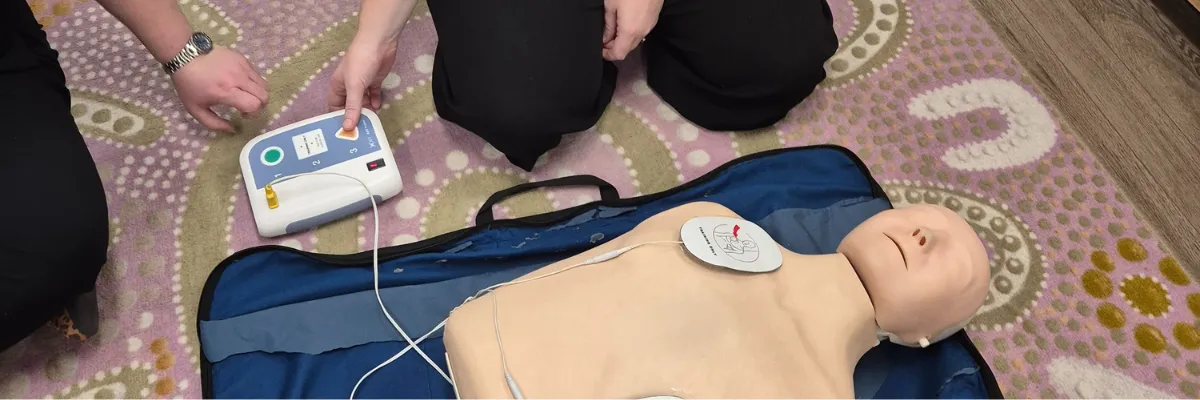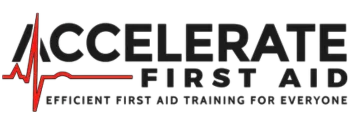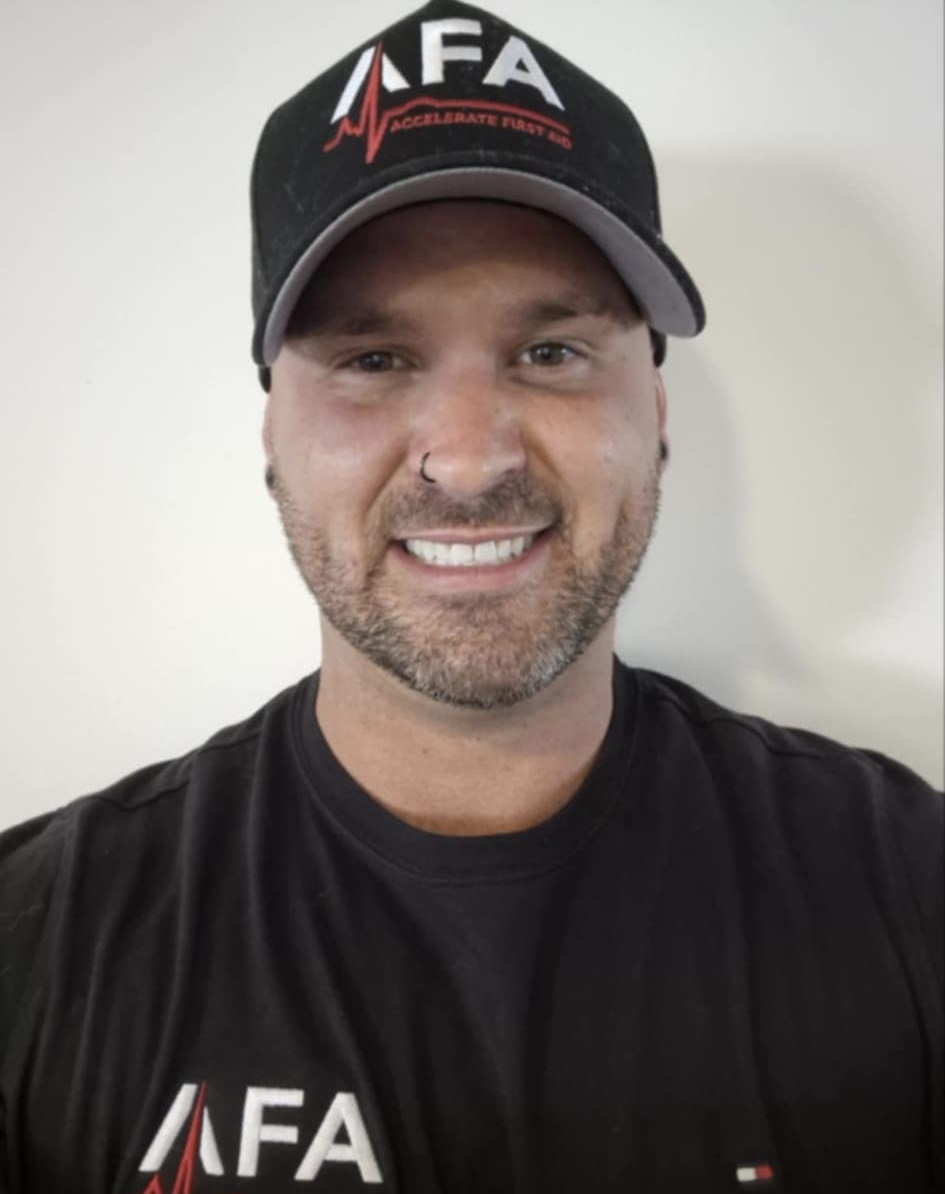
Asthma Anaphylaxis Course Australia: Complete Workplace Training Guide 2025
Every 10 minutes, someone in Australia gets rushed to hospital because of asthma. And anaphylaxis cases? They're climbing by 5% every single year.
If you're managing workplace safety right now, that statistic probably just made your stomach drop a little. Because here's what keeps HR managers and safety officers awake at 2am: "What happens if someone in my workplace has a severe allergic reaction and we're completely unprepared?"
Look, I get it. You're already juggling compliance deadlines, budget constraints, and trying to keep everyone safe. The last thing you need is another "must-have" training course eating into your already stretched resources. But here's the thing - asthma and anaphylaxis don't care about your budget or your busy schedule.
Sarah from a Brisbane construction company learned this the hard way last year. One of her workers had a severe reaction to something on-site. Thankfully, they had someone trained nearby. But she told me later, "I realized how close we came to a tragedy, and how unprepared we really were."
That's exactly why proper asthma anaphylaxis course training isn't just another box to tick - it's your safety net when seconds count.
Whether you're managing a small team or hundreds of employees across multiple sites, this guide will walk you through everything you need to know about asthma anaphylaxis courses in Australia. You'll understand which courses your workplace actually needs, how to choose quality training providers, and how to implement emergency response protocols that actually work.
Understanding Asthma Anaphylaxis Training Requirements in Australia
Right, let's cut through the confusion about what training you actually need. Because if you're anything like most safety managers I talk to, you've probably stared at course codes like "22300VIC" and "22556VIC" wondering what the hell they actually mean.
What is 22300VIC Course in Asthma Management?
The 22300VIC course is your bread and butter asthma training. Think of it as teaching your team to recognize when someone's having trouble breathing and what to do about it.
Here's what your people will learn:
Spotting the early warning signs of an asthma attack
How to help someone use their inhaler properly (you'd be surprised how many people get this wrong)
When to call an ambulance vs when to monitor and wait
Basic airway management techniques
Documentation requirements after an incident
The course runs for about 3 hours and covers both the theory and hands-on practice. Your team will practice with actual training inhalers and learn the step-by-step emergency response protocols.
What is 22556VIC Course in Anaphylaxis Management?
Now anaphylaxis training - that's the big one. 22556VIC covers severe allergic reactions that can kill someone in minutes if you don't act fast.
This course teaches your team:
How to spot anaphylaxis (it's not always obvious)
Proper EpiPen administration - where to inject, how hard to press, how long to hold
Managing someone who's going into shock
Multiple medication scenarios (some people carry two EpiPens)
Legal protection when you're administering medication to save someone's life
Duration is usually 4-5 hours because there's more hands-on practice. Your team will practice with training EpiPens on mannequins until they can do it without thinking.

Course Comparison: Asthma vs Anaphylaxis Training
Who Needs These Courses?
Here's where it gets practical. You might be thinking "surely we don't need this" - but you'd be surprised.
High-priority industries:
Childcare centers and schools (kids have the highest rates of severe allergies)
Healthcare facilities (obvious reasons)
Food service and hospitality (allergen exposure risks)
Manufacturing with chemical exposure
Outdoor work environments (insect sting allergies)
Who should be trained:
First aid officers (mandatory in most cases)
Supervisors and team leaders
Reception staff (they're often first to respond)
Anyone working with vulnerable populations
Safety wardens and emergency response teams
Legal Requirements by State/Territory
Queensland: If you have employees with known asthma or allergies, you must have trained staff available during work hours. SafeWork Queensland recommends at least one trained person per 25 employees.
New South Wales: Similar requirements but with stricter documentation. You need to keep training records for 7 years.
Victoria: Most comprehensive requirements - if you're in high-risk industries, training is mandatory regardless of whether you have known cases.
State-by-State Training Requirements Summary
Choosing the Right Asthma Anaphylaxis Course Provider
This is where I see HR managers get burned every single time. You're under pressure, you need training fast, and suddenly every provider looks the same. But trust me - they're not.
Registered Training Organisation (RTO) Requirements
First things first - if they're not an RTO, walk away. Seriously.
I had a client who booked "training" through some guy who charged half the price of legitimate providers. When audit time came around, guess what? The certificates weren't worth the paper they were printed on.
What to look for:
Current RTO registration number (you can check this on training.gov.au)
Scope of registration that specifically covers 22300VIC and 22556VIC
How long they've been registered (new RTOs can be risky)
Any recent compliance issues or sanctions
In-Person vs Online Training Options
Here's my honest take after seeing both work and fail spectacularly.
Online training works for:
Basic theory and knowledge updates
Recertification for experienced people
Large teams where scheduling is impossible
But online fails badly for:
First-time learners who need to handle real equipment
People who learn by doing
Anyone who might need to use an EpiPen in a real emergency
I watched a workplace emergency unfold where someone had done online-only training. They knew what to do in theory, but when they had to actually use an EpiPen, they froze. The person survived, but it was touch and go.
Group Training vs Individual Bookings
This is where you can save serious money and actually improve outcomes.
Group training benefits:
Team learns together, responds together
Can customize scenarios to your specific workplace
Builds confidence through peer learning
Red Flags to Avoid When Selecting Providers
After 15 years in this industry, I can spot dodgy training providers from a mile away. Here's what to watch out for:
Price red flags:
Significantly cheaper than everyone else (quality costs money)
Hidden fees that appear after booking
Pressure to book "today only" special rates
Quality red flags:
Can't provide recent client references
Trainers without current clinical or emergency services experience
Promises certification without assessment

Course Content and What Your Team Will Learn
Let's talk about what actually happens when your team sits down for this training. Because I've heard too many stories of people walking out saying "Well, that was a waste of time" - and that's usually because they didn't know what to expect.
Recognising Asthma and Anaphylaxis Symptoms
This is where things get real. Your team will learn that Hollywood got it all wrong - real medical emergencies don't always look dramatic.
For asthma attacks, they'll learn to spot:
The obvious stuff: wheezing, coughing, shortness of breath
The not-so-obvious: restlessness, difficulty speaking in full sentences, pale or bluish lips
The "oh shit" moments: silence (when someone stops wheezing, that's actually worse), inability to speak at all, confusion
For anaphylaxis, it's trickier:
Skin reactions that spread fast (hives, swelling, redness)
Breathing difficulties that come on suddenly
Swelling of face, lips, tongue, throat
Rapid pulse, dizziness, loss of consciousness
Here's what surprised me when I first learned this: anaphylaxis doesn't always affect breathing. Sometimes it's just skin reactions and dropping blood pressure. That's why proper training matters - your team needs to know all the signs, not just the ones they've seen in movies.
Emergency Response Procedures
This is the meat and potatoes of the training. Your team will learn step-by-step what to do when someone's having a medical emergency.
The asthma emergency protocol:
Stay calm and reassure the person
Help them sit upright (never lie them down)
Locate their reliever inhaler (usually blue)
Assist with proper inhaler technique if needed
Call emergency hotline if symptoms don't improve within 10 minutes
Monitor breathing and consciousness
Be ready to start CPR if they collapse
The anaphylaxis emergency protocol:
Recognize the signs immediately
Call emergency hotline straight away (don't wait to see if it gets better)
Locate their EpiPen/adrenaline auto-injector
Administer the injection properly
Keep the person lying down unless they're vomiting
Monitor vital signs
Be prepared to give a second injection if symptoms return
What your team will actually practice:
Using training inhalers with proper technique
Injecting EpiPens into practice mannequins
Making emergency calls with correct information
Positioning patients for optimal breathing
Documenting incidents properly
Medication Administration Training
This is where people get nervous, and rightly so. You're potentially giving someone medication that could save their life.
For inhalers, your team learns:
How to check if an inhaler is working (shake test, expiry dates)
Proper technique: shake, breathe out, seal lips, press and breathe in slowly
How many puffs to give (usually 4 puffs, one at a time)
For EpiPens, it's more intense:
How to remove the safety cap (blue end first)
Where to inject (outer thigh, through clothing if necessary)
How hard to press (until you hear the click)
How long to hold (10 seconds minimum)
What to do with the used EpiPen (don't throw it away - paramedics need to see it)
But here's the catch - you need to have proper training. That's why these courses exist. Without certified training, you're in murky legal territory.

Implementation and Ongoing Management
Alright, your team's trained - now what? This is where most workplaces drop the ball. They tick the training box and think they're done. But real workplace safety is about what happens after the certificates are handed out.
Creating Workplace Emergency Action Plans
You can't just rely on people remembering what they learned in a 4-hour course six months ago. You need systems.
Your emergency action plan needs:
Clear chain of command (who responds first, who calls emergency hotline, who notifies management)
Location of all emergency equipment (inhalers, EpiPens, first aid kits)
Emergency contact procedures (internal and external)
Specific protocols for your workplace layout and hazards
I worked with a Brisbane office building that had someone with severe nut allergies. They didn't just train people - they created "allergy-aware zones," posted emergency procedures at every desk cluster, and made sure at least two trained people were on every floor during business hours.
When someone did have a reaction (contaminated sandwich from the food court), their system worked perfectly. Emergency responders knew exactly where to go, what had happened, and what treatment had already been given.
Recertification Requirements and Scheduling
Here's the thing nobody tells you upfront - this training isn't a one-and-done deal.
Standard recertification periods:
22300VIC (Asthma): Every 3 years
22556VIC (Anaphylaxis): Every 3 years
Some high-risk workplaces require annual refreshers
Smart scheduling strategies:
Track expiry dates in a shared calendar with 6-month warnings
Bundle recertification with other mandatory training
Schedule around your business cycle (avoid peak periods)
Consider staggered renewals so you always have current certifications
Record Keeping for Compliance Audits
When auditors show up, they want to see proof that your safety systems actually work. That means documentation.
Records you need to maintain:
Training certificates for all staff (current and expired)
Incident reports with follow-up actions
Equipment inspection logs
Emergency drill records
Staff turnover and retraining schedules
What auditors actually look for:
Evidence that training is current and appropriate
Proper incident documentation and learning from events
Regular equipment maintenance and replacement
Clear policies that staff actually follow
One Brisbane manufacturing plant I work with has this approach: "We'd rather know about it and never need to respond than be surprised in an emergency." That attitude has led to several near-misses being caught early and managed effectively.
The bottom line is this: training is just the beginning. Real workplace safety happens when you create systems, maintain skills, and build a culture where everyone looks out for each other.
Getting your team properly trained in asthma anaphylaxis management isn't just about compliance - it's about being ready when those critical seconds count. Choose quality training, choose us. Contact us at 0434778243 | 04FIRSTAID or email us: [email protected]


